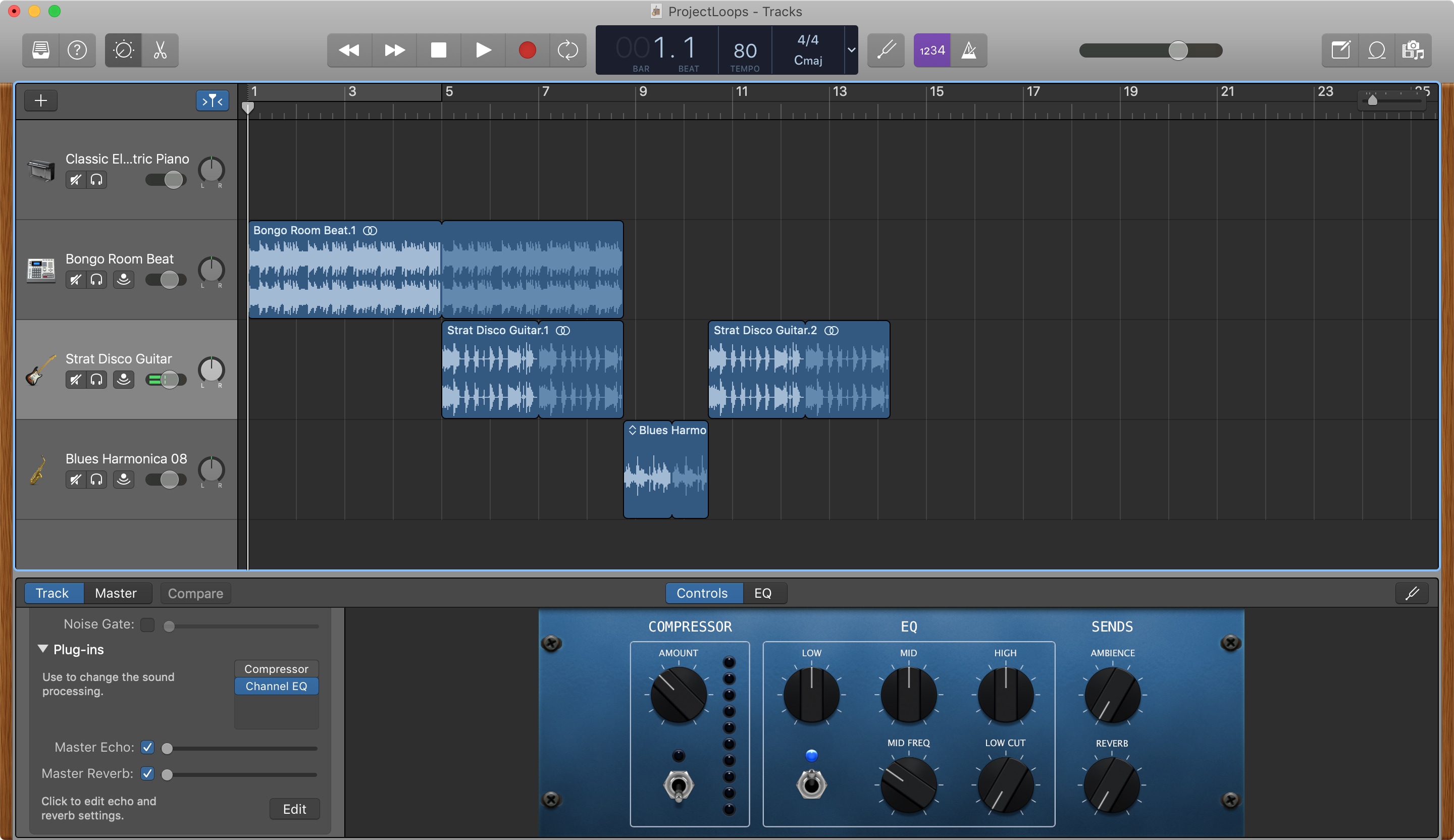

- #Apple garageband guitar cable driver
- #Apple garageband guitar cable pro
- #Apple garageband guitar cable download
Play a variety of musical instruments on the innovative Multi-Touch keyboard.Play your iPad, and iPhone, like a musical instrument Use Remix FX to perform DJ-style effects.Create custom loops by recording directly into a cell using any Touch Instrument.Get started with templates or build your own grid from scratch with Apple Loops.Use Multi-Touch to tap and trigger a Live Loop cell or group of cells.And then share your song with friends and family.
#Apple garageband guitar cable download
Use the Sound Library to download additional free instruments, loops, and sound packs created by some of the biggest producers in the world. Use a Touch Instrument, microphone, or a guitar to instantly record a performance, with support for up to 32 tracks. Plug in a guitar or bass and play through classic amps and stompbox effects.
#Apple garageband guitar cable pro
Use Multi-Touch gestures to play keyboards, guitars, and create beats that make you sound like a pro - even if you’ve never played a note before. And with Live Loops, it makes it easy for anyone to have fun creating music like a DJ. In this case, use the device’s own volume control.GarageBand turns your iPad, and iPhone into a collection of Touch Instruments and a full-featured recording studio - so you can make music anywhere you go. If the Recording Level slider is dimmed, you can’t change the input volume in GarageBand.

Choose a mono input for monophonic instruments (with a single channel), and choose a stereo input for stereo instruments (with a pair of channels).ĭrag the Recording Level slider to change the input volume level for the sound source.

If the audio interface channels don’t appear in the menu, choose GarageBand > Preferences, click Audio/MIDI, then choose the audio interface from the Audio Input pop-up menu. If the guitar is connected to an audio interface, choose the channel number for the microphone. If the guitar is connected to a USB port, choose the microphone. If Built-in Input doesn’t appear in the menu, choose GarageBand > Preferences, click Audio/MIDI, and choose Built-in Input from the Audio Input pop-up menu. If the guitar is connected to your computer’s audio input port, choose Built-in Input. In the Recording Settings section, choose one of the following from the Input pop-up menu: To increase the input signal, you can connect the guitar to a preamplifier, and connect the preamplifier to your computer.Ĭlick the Smart Controls button to open the Smart Controls pane, then click the Inspector button.
#Apple garageband guitar cable driver
Follow the manufacturer’s instructions, which might include installing the correct driver on your computer.Ĭonnecting an electric guitar to your computer’s audio input port may result in a low-level input signal. Also make sure the audio interface uses a format supported by your computer. If you connect an electric instrument to an audio interface, check the manufacturer’s specifications to make sure the interface is compatible with OS X and Core Audio. Choose Built-in Input as the track’s input source. If your computer has an audio input port, connect an electric guitar to the audio input port using an adapter cable. Connect an audio interface to your computer’s USB or FireWire port, then connect an electric guitar to the audio interface.Ĭonnect the electric guitar to a channel on the audio interface or the adapter cable, using a standard 1/4-inch tip-sleeve instrument cable.


 0 kommentar(er)
0 kommentar(er)
